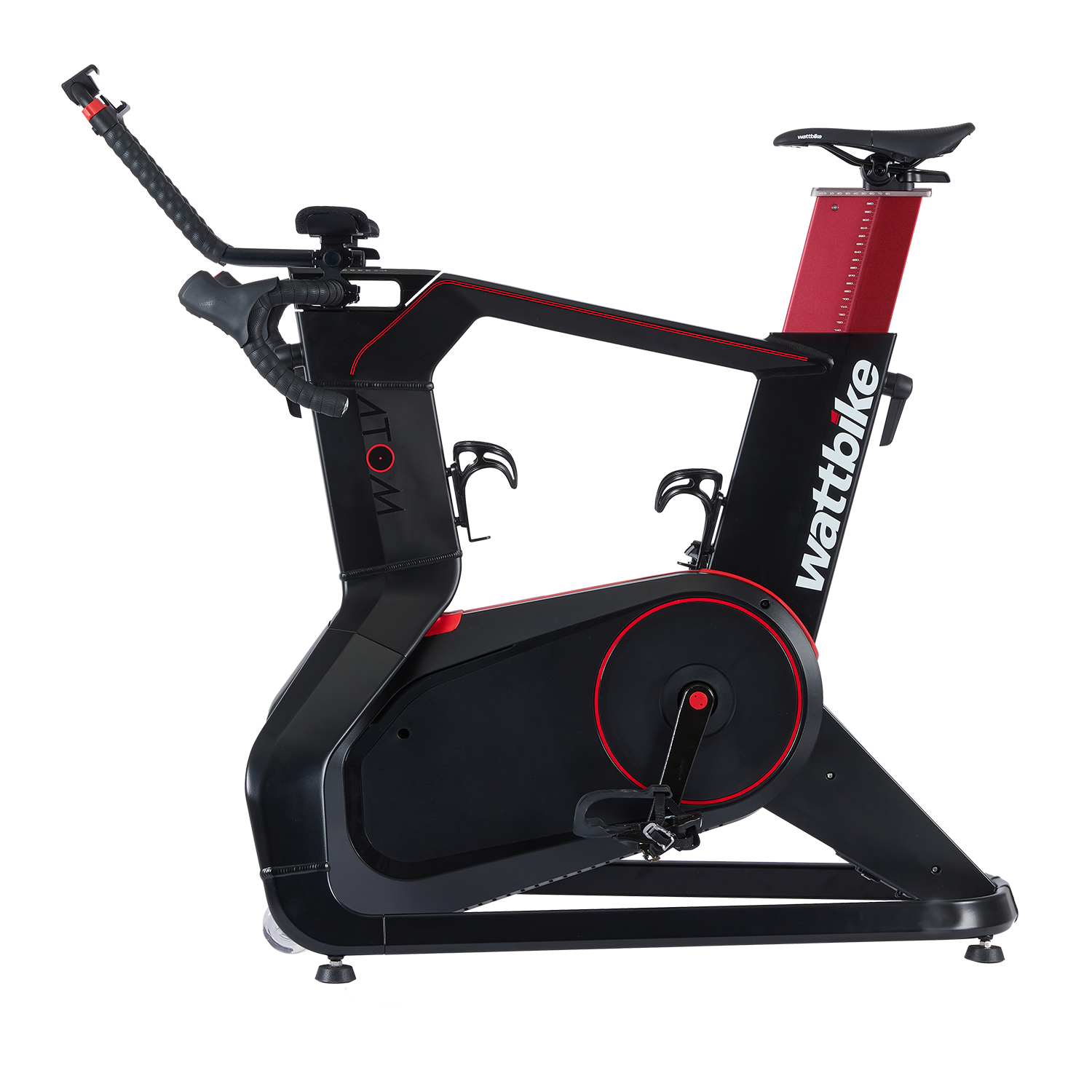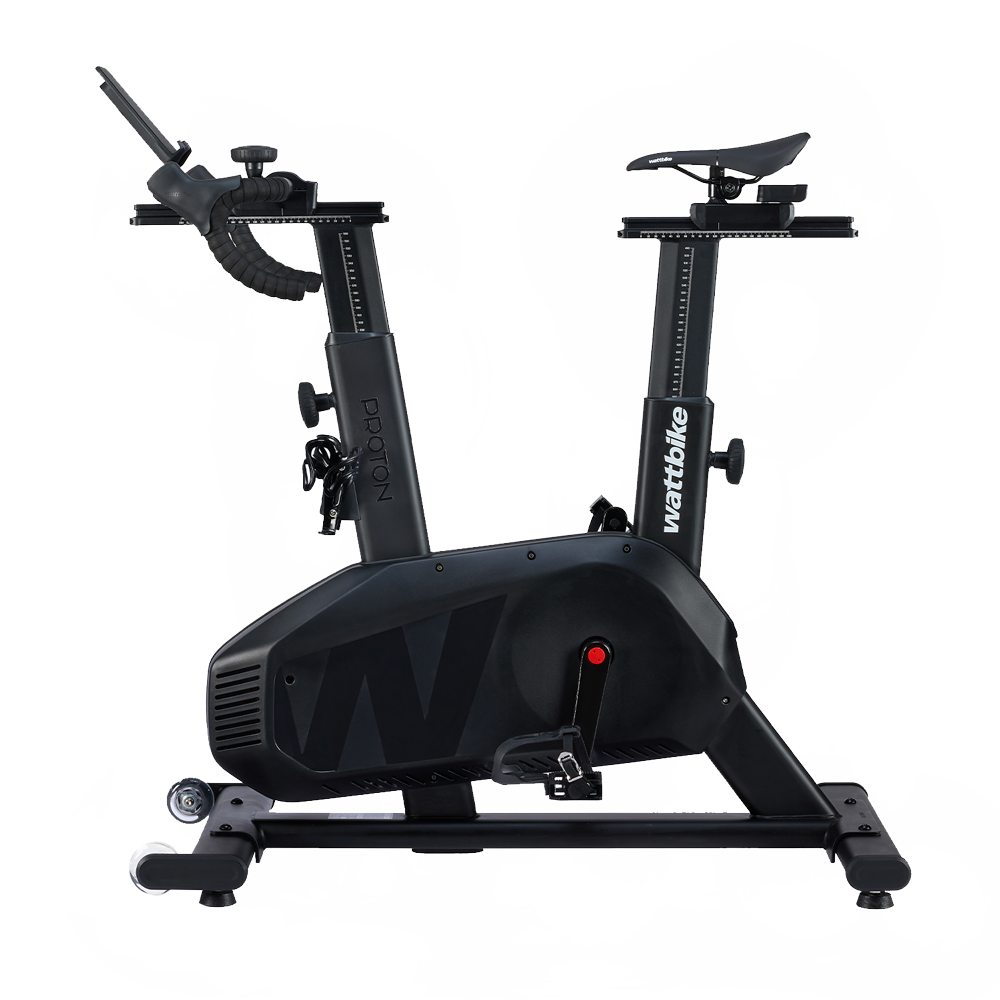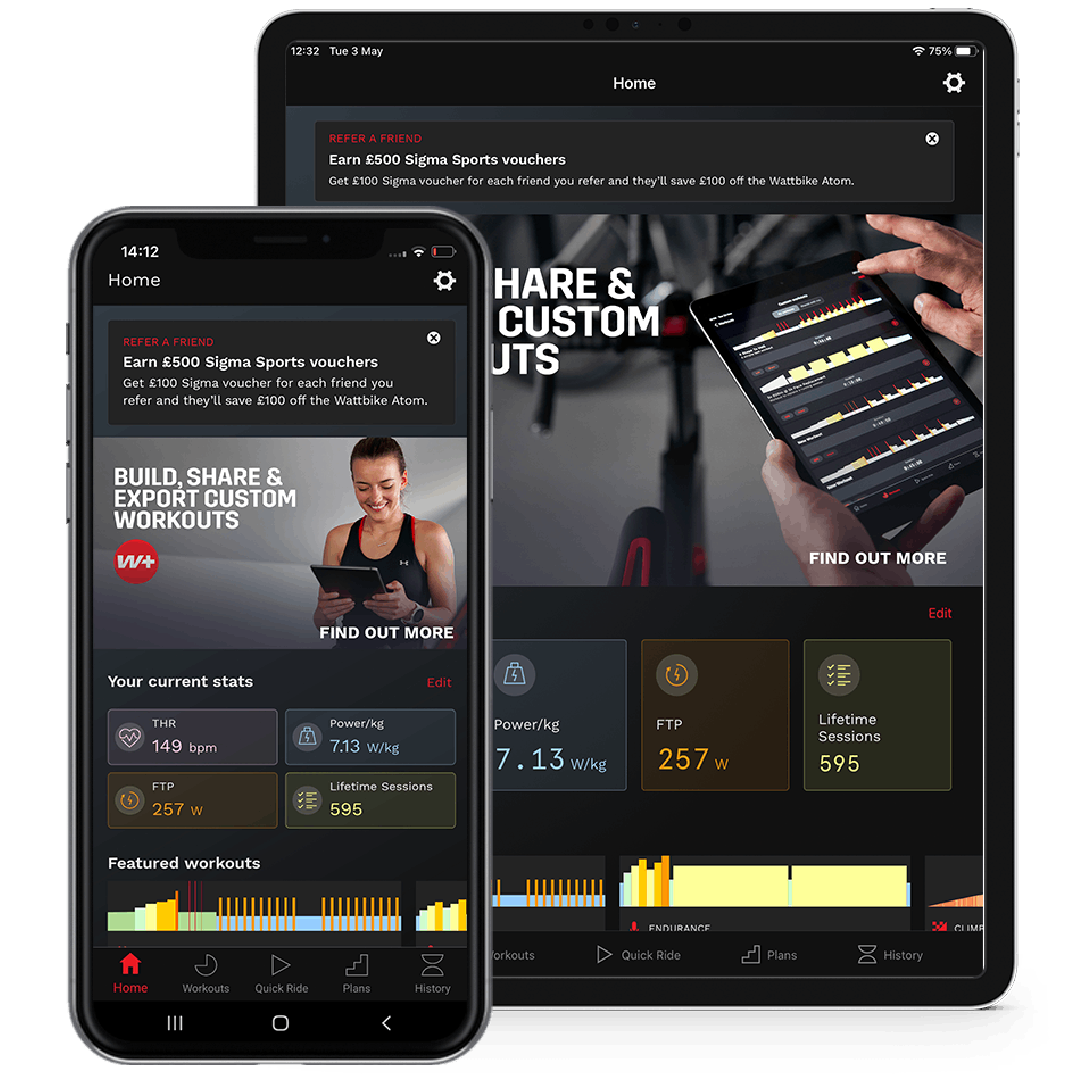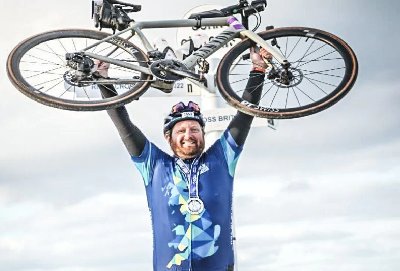Your Cart is Empty
shop
training & apps
support & services
news & information
How often should you test your performance?
January 13, 2020 3 min read
As much as we all dread them, a good old fashioned test is a great indicator of improvements over time, and you should get into the practice of doing a couple a year. We asked three cyclists around the office (all doing different disciplines) how testing and re-testing fits in with their training schedules.

CRAIG - MOUNTAIN BIKING AND CYCLOCROSS
With his cross season finishing a little early, Craig describes his current training status as ‘noodling around.’
“It’s important to give yourself a bit of a break from a structure,” he adds, noting that it helps him mentally to take some time to just play around. “After about two or three weeks, so sometime in February, I’ll start preparing for mountain bike races and off-road sportives, so I’ll take a ramp test before I begin my training block to reset my zones after the break.”
“I’ll then train for 4-6 weeks and follow that up with a recovery week, before retesting with another ramp test to check for any changes in my training zones.”
Training for cyclocross and mountain bike season differs massively, but Craig says his testing procedure will always stay the same. He adds that throughout the year he’ll always incorporate some skills and off-road work.
KATE – TIME TRIAL CYCLING
Kate’s had a couple of years off from competitive riding following the arrival of her second child, and only recently started back training with her coach, Matt Bottrill, in November.
Kate says, "I decided to take a break last season altogether, we moved house, my little girl was not sleeping and I found that my head was simply not in the right space to ‘hurt myself’ in the way that is needed for time trial racing."
But the start of a formal training routine with Matt has rekindled her love for the sport, "Balancing work, family and training means that certain areas of my life have got to be managed with military precision" Kate says, "And my training simply will not work without this degree of organisation. Matt has been building me back in slowly, and this involves FTP testing every few months to ensure that we are working on the right track, I’m targeting the right power/heart rate zones, and not pushing myself too hard. My first FTP test back in November was dire, but I’m seeing improvements week on week. I’ve got a ramp test imminently, and FTP testing will follow every month or so as the racing season approaches.
“I train exclusively indoors through the winter months which makes it very easy to keep a really close eye on how I am getting on without the impact of external variables. A fair weather cyclist by my own admission, I will start to incorporate a higher number of sessions on the road once the weather warms up, so to be able to practice handling, and strengthen my form in race position ahead of the season start."
PETE - ROAD RACING
Pete balances his road racing career with a full-time job at the Wattbike office, so training time is precious to him.
“I don’t complete a traditional ramp/FTP test as this would require a full taper and essentially lose a week of valuable training volume,” he says. “Instead, I go back to regular sessions and compare my relative HR/ RPE.”
The above can be applied to all zones, whether it be peak 30 seconds efforts or 10 minutes. This makes it more applicable to road racing, where you will utilise all zones rather than time trialling where you will stick to one level and maintain that for as long as possible.
If you’re going to take this approach, Pete has a few tips. “You have to take levels of fatigue into account as you aren’t doing these sessions fresh like you would a traditional test. It also takes a level of self-evaluation and understanding of your own fatigue levels.”
“You also have the added long-term benefit of using these for their main function (as a training session) whilst a standardised test gives you an answer to a question but no further added benefit.”
“Over a period of time you can build a larger, better informed, image of your form and fitness level and inform yourself ‘on the go’ as to how well your training/ taper is going.”
Also in Performance

Beat the Heat: Understanding Sweat Rate and Optimising Hydration for Summer Training
June 10, 2025 3 min read
As summer temperatures rise, so does the challenge of training and trying to maintain optimal performance. With the heat, sweat loss can lead to dehydration, reduced endurance, and impaired recovery.
Understanding your sweat rate and implementing effective hydration strategies can be a simple way to help you gain the edge in your training.

Wattbike X UA Next
October 18, 2024 2 min read
The Under Armour Next Academy at Battersea Power Station offers a comprehensive testing facility designed to push athletes to their limits through a series of six athletic tests, each targeting different aspects of fitness.
This facility focuses on empowering and testing the next generation of athletes through a series of assessments, including those on the Wattbike, which is used to measure key cycling metrics, such as power output, endurance, and fitness levels.

How to Improve VO2 Max
January 09, 2023 5 min read
Improving VO2 max means increasing your body’s effectiveness at using oxygen for exercise. Also known as VO2 peak, training this aspect can help to improve your endurance and output, whether training for a local race or just improving your fitness. Improve your VO2 max with indoor bike workouts designed by sports scientists.
Read MoreGet the latest!
News, training tips, offers and more, straight to your inbox.








